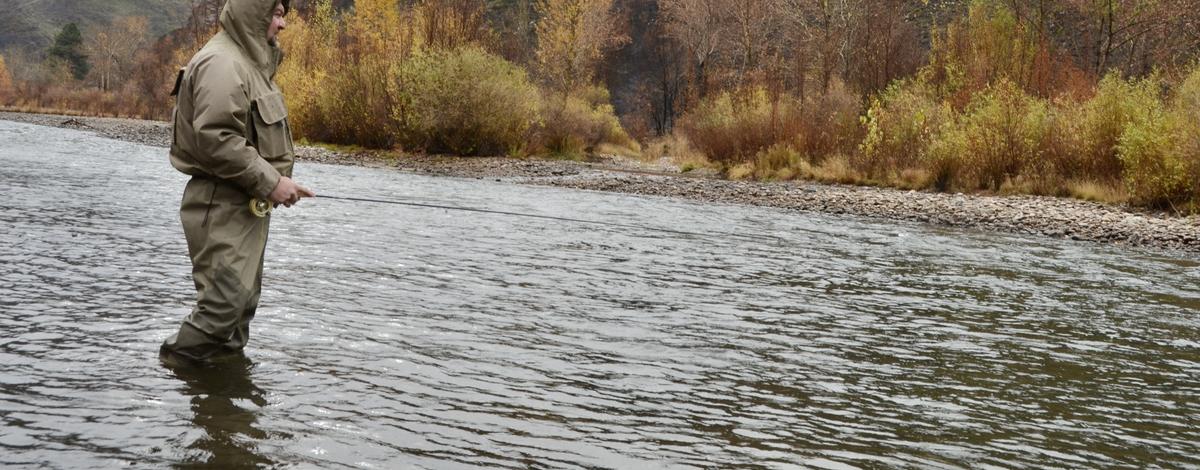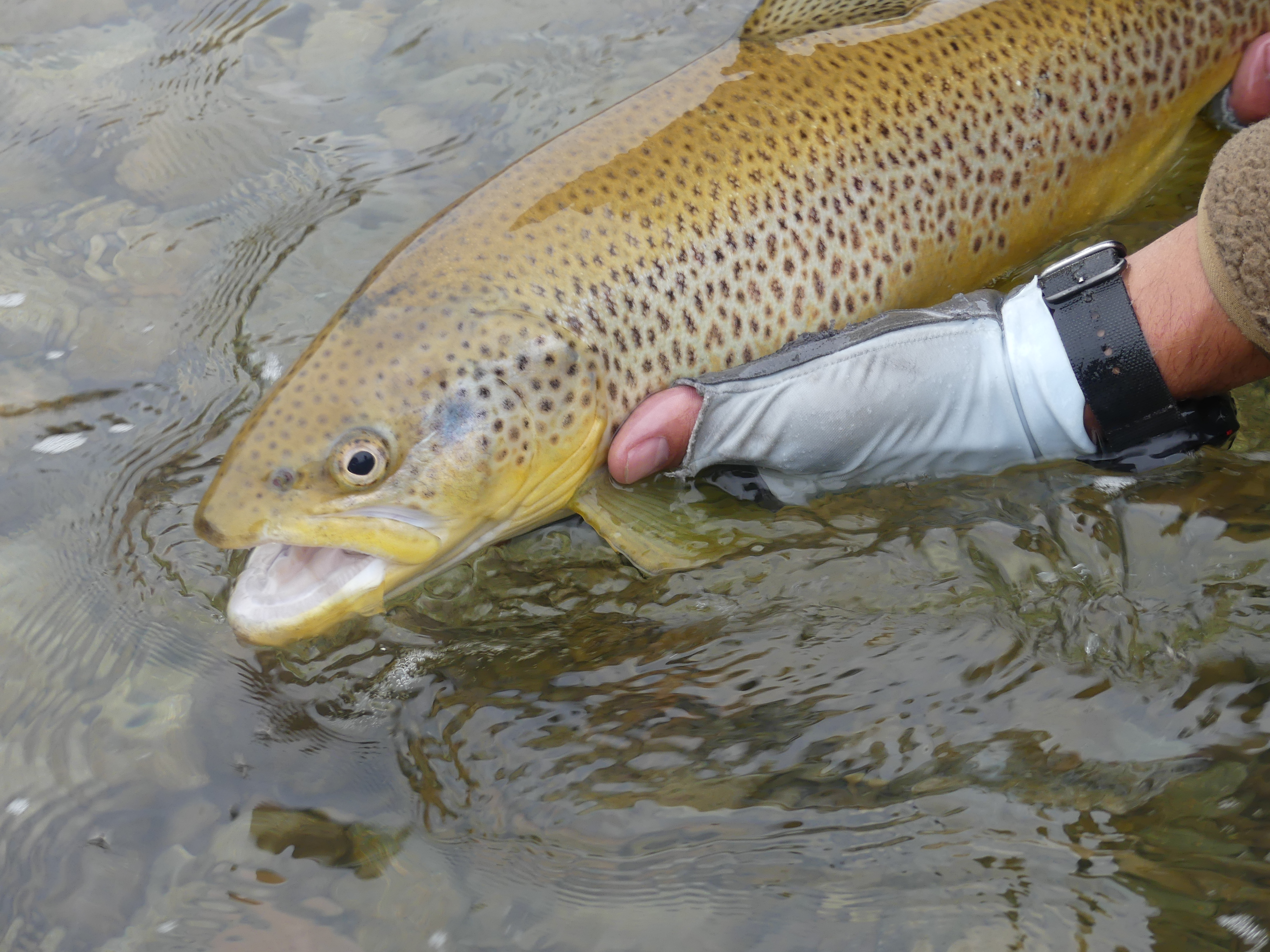Yeah, we get it. You’ve been fishing for months, and hopefully, you’re having a great time and catching some fish. Then fall comes along, the guns come out, and the rods get stashed. Considering hunting seasons tend to be relatively short compared to fishing season, it makes sense.
But if you’re not a hunter, or you can squeeze a fishing trip into your fall, it’s not only worth your time, it could be some of the best fishing of the year.
Don’t let the cooler air temps fool you
Martin Koenig, Idaho Fish and Game’s Sportfishing Program Coordinator, points out that while we’re grabbing our sweatshirts and jackets, there’s a lag time before fish feel that cooler weather due to “thermal momentum,” which essentially means it takes longer to cool water than air.
Also, cooler water will do many fish some good after the summer heat made them lethargic and slower to feed. Many bodies of water, whether still water or rivers and streams, are coming back into prime temperatures for fish to get active again.
Koenig also noted that fish behavior is heavily influenced by both water temperatures and the amount of daylight. As the water cools and days become shorter, fish know winter is coming and food will be soon be in short supply, so they start feeding aggressively in preparation for the long winter.
The stocking trucks return
Fish and Game stocks catchable trout year round, but hatchery managers shift their stocking efforts away from lower elevation ponds and reservoirs during summer months when temperatures are too hot for trout.
When that water cools, the trucks return, so a fall fishing trip might be as close a neighborhood pond or local lake or reservoir. Many local ponds are back on the stocking rotation and offer a great fall opportunity close to home. Check Fish and Game’s fish stocking webpage to get current information.
Different seasons, different addresses
Before you grab your rod and run off to where you were smacking fish in the spring or summer, remember fish are migratory, particularly those in larger lakes and reservoirs. Cooling weather will push many bass and panfish offshore, and you’ll need to adjust your tactics to where they are, not where they used to be.
“They’re found in different places, and that’s the biggest thing for anglers to remember,” Koenig said.
For bass and panfish, a quick rule of thumb is deeper and in more open water, not along those convenient shorelines, bays, coves, etc. This is where good electronics can pay big dividends.
But cooling water also means trout will come up more shallow, so bank anglers and trollers alike will see more success fishing closer to the surface than during the heat of summer.
Different locations also include fish in rivers. Many trout streams are low and clear, which means trout may be spooky and lurking in deeper, or more protected waters. Even though you’re fishing, be a hunter. Be on the lookout for prime water and be stealthy so you don’t spook fish before your first cast. If the fish aren’t there, or not biting, move on to the next spot.


